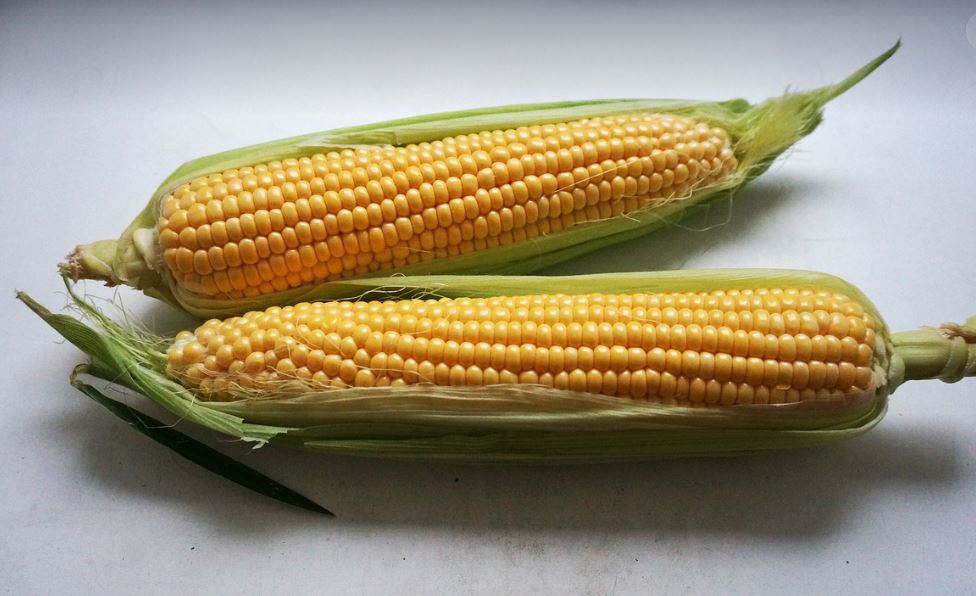Porto Alegre, October 15th, 2024 – The results of the 2024 US crop were surprising. Despite the reduction in planted area, yield is consolidating, and the Department of Agriculture (USDA) raised the record even further. Now, 183.8 bushels/acre, against last year’s record of 177.3 bushels/acre. Therefore, the conditions for price recovery need to be sought in demand. At this point, Brazil’s difficulties for the next first half of the year, the reduction in area in Argentina and the smaller crop in Ukraine may be positive indicators for US export demand. Additional variables such as high wheat and/or oil prices may be seen as possibilities for prices and not as a concrete trend. Another highlight of the report was the new cut in the projection for Chinese imports.
The figures for the 2024 US crop will only be finished in January. Until then, small adjustments will be made as in this October report USDA has once again raised its projected yield to 183.8, versus 183.6 bushels/acre, well above the 2023 record of 177.3 bushels/acre. This brings U.S. production to 386.1 mln tons, which is not a record only because of the sharp cut in planted area this year. This measurement is being made with only 30% of the area reaped up to last week, meaning that the major supply pressure on the local market will still emerge in the coming few weeks.
With these data more evident, the market will now need to look for demand variables to support prices. Somewhat surprisingly, USDA is not very optimistic about domestic demand in all segments for 2025, maintaining a conservative projection for US consumption in this business year. Would there be upward adjustments in demand from now on to bring some new facts to prices? Probably, yes, also because of the pace of the local economy.
But the main point of attention for the first half of 2025, which involves a significant portion of demand, is the flow of exports. The United States has a good supply, good stocks, and competitive prices, regaining first place in world exports. However, after the local harvest, the market will focus
on the first half of 2025 and, at this point, we will have Brazil with no availability for exports, Ukraine with this year’s discreet crop and having already reached half of its export target for the year, and Argentina with a 20% smaller area and at risk of the incidence of leafhopper. In other words, the US may be left almost alone to meet global demand in the first half of next year, so any projection of increased local exports is realistic and possible. With increased exports, there is a tendency to reduce stocks, a good combination for prices in the first half of 2025. For now, 70% of the local crop are yet to be reaped, and there are still possible effects on the December maturity on the CBOT. Today, corn is pegged above USD 4.00/bushel, well above the local minimum price of USD 3.70/bushel.
Other conditions of the USDA’s report, as we have pointed out, once again reduced the import projection by China, now to 19 mln tons, compared to 21 mln in the previous report. This figure is still well above the Chinese government’s projection, which indicates only 13 mln tons this year, probably most of which will come from Brazil. China is finishing the harvest in some regions and should finish work in high-tech areas by the end of the month.
There was also a new cut in Ukraine’s production to 26.2 mln tons and a consequent cut in exports to 23 mln tons. Europe maintained its import projection of 19 mln tons, but this may be changed upward later on, since the bloc’s corn has already started to show an upward movement.
Therefore, there are a few external variables for sustainable hikes in the short term. The war in the Middle East may become a bullish variable for corn as long as oil finds a bullish condition due to global risk. We must also understand that wheat in the Black Sea continues to be the focus of attention, given the situation in Russia, be it for current excess exports or the weather conditions for planting the winter crop. Wheat, oil, and the supply of other corn exporters may become a variable for prices on the CBOT to rise after the US harvest. For that to happen, of course, U.S. exports need to be above 1.0 mln tons a week going forward.
Safras News

